High Speed Passenger Rail: Viability, Challenges and Federal Role
The factors affecting the economic viability of high speed rail lines include the level of expected riders, costs, and public benefits, which are influenced by a line's corridor and service characteristics. High speed rail tends to attract riders in dense, highly populated corridors, especially when there is congestion on existing transportation modes. Characteristics of the proposed service are also key considerations, as high speed rail attracts riders where it compares favorably to travel alternatives with regard to door-to-door trip times, prices, frequency of service, reliability and safety. In this book, a strategic vision for high speed rail is offered, particularly in relation to the role that high speed rail can play in the national transportation system, clearly identifying potential objectives and goals for high speed rail systems and the roles that federal and other stakeholders should play in achieving each objective and goal. The recently enacted Passenger Rail Investment and Improvement Act of 2008 will likely increase the federal role in the development of high speed rail, as will the newly enacted American Recovery and Reinvestment Act of 2009. This book consists of public documents which have been located, gathered, combined, reformatted, and enhanced with a subject index, selectively edited and bound to provide easy access.
{{comment.content}}
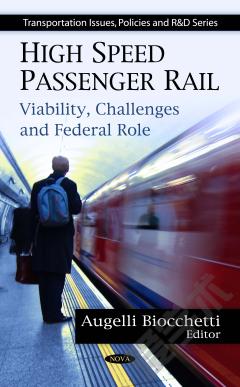
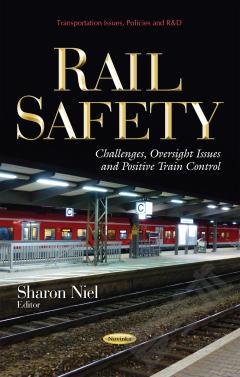

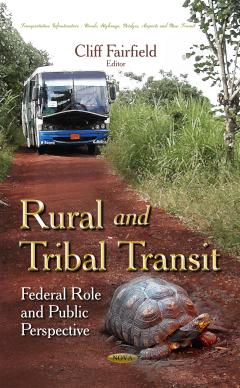
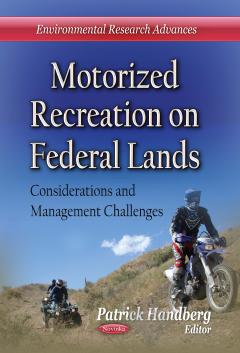
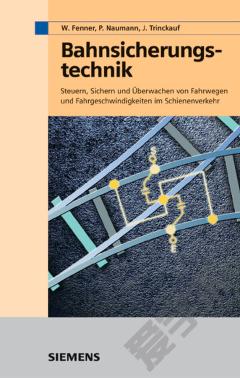
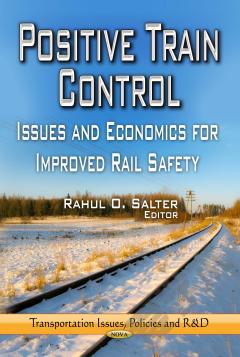

 京公网安备 11010802027623号
京公网安备 11010802027623号